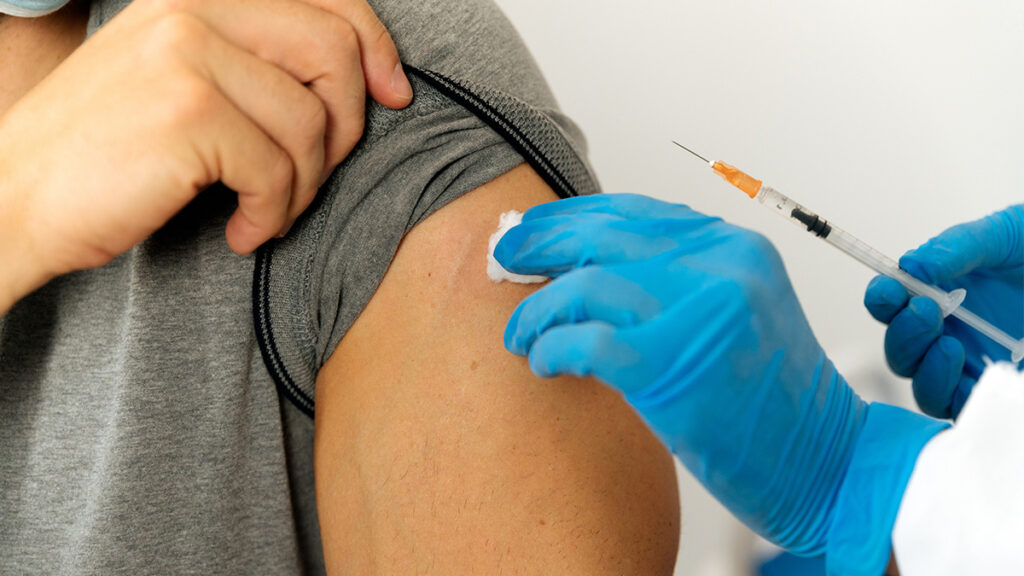Hepatitis A is a highly contagious liver infection caused by the hepatitis A virus (HAV). It is transmitted primarily through ingestion of contaminated food or water or direct contact with an infectious person. Although rarely fatal, hepatitis A can cause severe illness, particularly in older adults and those with pre-existing liver conditions.

Understanding HAV Transmission Pathways
HAV is transmitted via the fecal-oral route, which means that the virus is shed in the feces of an infected person and can contaminate food, water, or surfaces. The following represent the major transmission pathways:
- Consumption of contaminated food or water
- Close contact with an infected individual
- Unhygienic practices, especially in food handling
- Sexual contact involving oral-anal activity
Importance of Hepatitis A Vaccination
The hepatitis A vaccine is the most effective tool for preventing infection. Administered in two doses six months apart, the vaccine offers lifelong immunity in most individuals. According to the World Health Organization (WHO) and the Centers for Disease Control and Prevention (CDC), universal childhood immunization and targeted vaccination of high-risk groups are key preventive strategies.
Recommended Groups for Vaccination:
- Children aged 12–23 months
- Travelers to endemic regions
- Individuals with chronic liver disease
- Men who have sex with men (MSM)
- Persons experiencing homelessness
- Workers exposed to HAV (e.g., food handlers, laboratory personnel)
Safe Food and Water Practices
Foodborne outbreaks are a common source of hepatitis A, particularly in areas lacking proper sanitation infrastructure. Adhering to rigorous food safety standards can significantly lower transmission risk.
Key Recommendations:
- Thoroughly wash fruits and vegetables
- Cook food to safe temperatures, especially shellfish
- Drink only bottled or properly treated water in endemic regions
- Avoid raw or undercooked foods, especially from street vendors
Hygiene and Sanitation Measures
Maintaining high standards of personal hygiene and public sanitation is vital to breaking the transmission chain.
- Frequent handwashing with soap and water, particularly after using the toilet and before eating or handling food
- Proper waste disposal to reduce environmental contamination
- Safe sewage management to prevent virus infiltration into water systems
- Use of alcohol-based hand sanitizers when soap and water are not available
Travel Precautions to Prevent Hepatitis A
International travel remains a significant risk factor for HAV exposure. We strongly advise travelers to:
- Get vaccinated at least two weeks prior to departure
- Avoid ice and untreated water in endemic countries
- Consume only packaged or thoroughly cooked foods
- Avoid street food in areas with inadequate sanitation
Responding to Hepatitis A Outbreaks
Outbreak control requires coordinated public health interventions, including:
- Immediate notification of public health authorities
- Contact tracing and vaccination of exposed individuals
- Temporary closures of affected facilities such as restaurants or schools
- Public awareness campaigns to reinforce preventive practices
Global Perspective on Hepatitis A Control
Hepatitis A incidence varies globally, with high endemicity in regions with limited access to clean water and sanitation. As countries develop better infrastructure, outbreaks become less frequent but potentially more severe due to a larger susceptible adult population.
Regional Burden Overview:
| Region | Endemicity Level | Primary Prevention Focus |
|---|---|---|
| Sub-Saharan Africa | High | Hygiene and clean water infrastructure |
| South Asia | High | Mass vaccination campaigns |
| Latin America | Intermediate | Travel precautions and sanitation |
| Western Europe/North America | Low | Targeted vaccination of at-risk groups |
School and Workplace Prevention Policies
Implementing HAV prevention policies in educational and occupational settings ensures community protection:
- Routine immunization for children
- Mandatory hand hygiene training
- Sick leave for symptomatic individuals
- Environmental cleaning protocols
A Holistic Approach to Hepatitis A Prevention
Prevention of viral hepatitis A requires a multi-tiered strategy combining vaccination, personal hygiene, food safety, public sanitation, and education. With global cooperation and adherence to proven preventive practices, we can significantly reduce the burden of hepatitis A and protect communities worldwide.

